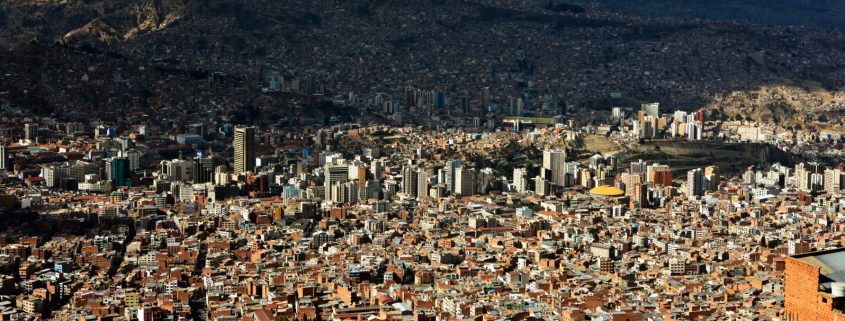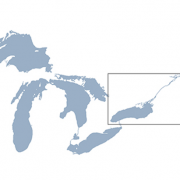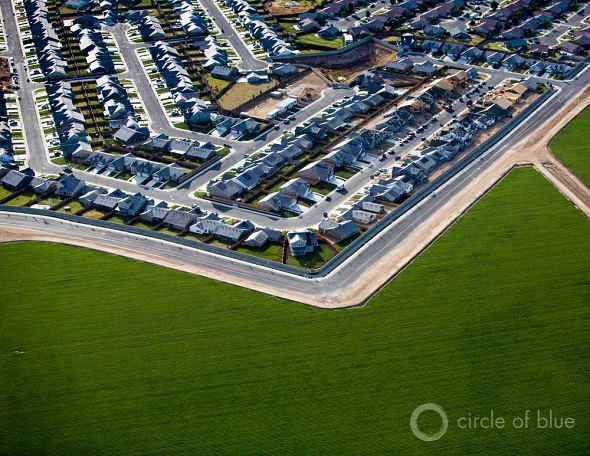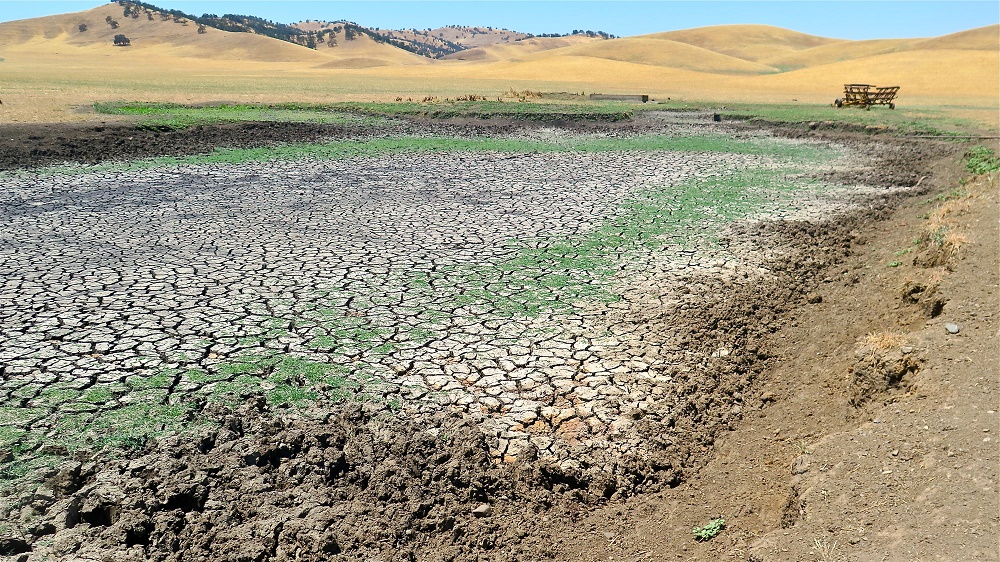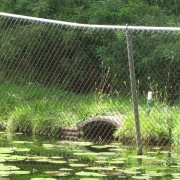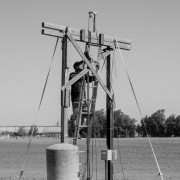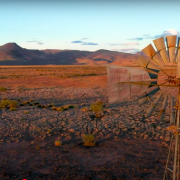Severe Drought Grips Bolivia
Failed rains, shrinking glaciers, and growing demands from cities, agriculture, and mining pressure Bolivia’s water supplies.
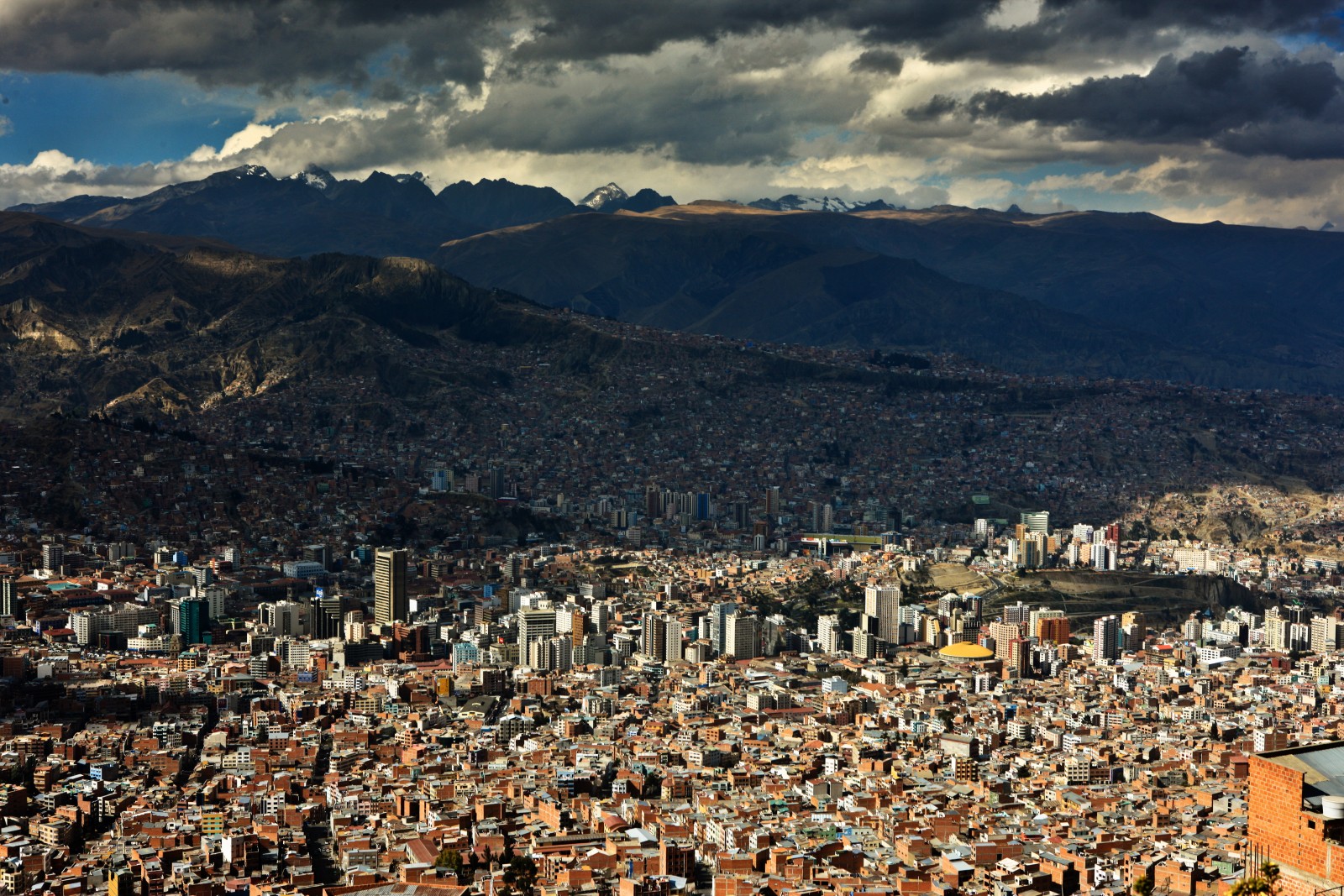
Water shortages in Bolivia forced officials to begin rationing supplies in La Paz, a metropolitan area home to more than 2 million people. Photo courtesy Cliff Hellis / Flickr Creative Commons.
The Rundown
Crop failures, water rationing in cities, and interruptions to education and medical services are all the result of an intense drought in Bolivia — the worst on record in three decades. The lack of water has been blamed on a potent mix of El Nino, climate change, population growth, and water diversions for agriculture and mining. In response, the government declared a national emergency on November 21, and officials warn that dry conditions may not ease until the end of this year.
“Water scarcity in Bolivia is not new or easily resolved… Climate change, population increases, urbanization and a lack of coordination with and among local governments all contribute to the crisis.” –Kathryn Ledebur, director of the Andean Information Network in Cochabamba, speaking to the Latin America Advisor about Bolivia’s drought.
By The Numbers
30 years Time since Bolivia last experienced a drought this severe, with reservoirs reaching their lowest levels on record. Rainfall in La Paz has so far totaled about 10 percent of normal this season.
177,000 families Estimate of the number affected by drought conditions across the country, many of them in the hard-hit eastern and southern regions.
60 hours Duration of water cuts under rationing measures implemented in some parts of La Paz. In November, officials made the rationing permanent to contend with the drought, affecting at least 100 schools in the city.
$250 million Amount the Bolivian government set aside in October to help communities drill wells in response to the drought.
Science, Studies, And Reports
Glaciers in the Andes mountains of Bolivia shrank more than 43 percent over the past three decades, according to a 2016 study published in the journal The Cryosphere. The glaciers supply about 15 percent of Bolivia’s potable water year-round, researchers say, but their proportion of the water supply jumps to nearly 30 percent during the May to October dry season. The study also found more than two dozen lakes formed by melting glaciers that could pose flood risks to communities downstream.
On The Radar
Water diversions and the loss of forests to mining and agricultural development are key contributors to water scarcity in Bolivia, according to environmental groups. Media reports suggest that mining companies are partly to blame for declining groundwater levels, but have also suffered from a lack of water. In the cities, population growth linked to migration from rural areas has also placed pressure on water supplies.
Sources And Further Reading
Record Drought in Bolivia Drains Lakes, Threatens Capital (Associated Press)
Mining Projects, Big Plantations Mean Bolivia’s Drought Hurts More: Campaigners (Reuters)
Water Rationing Introduced As Bolivia Drought Worsens (Al Jazeera)
Bolivia Declares State of Emergency Due to Drought, Water Shortage (Reuters)
Bolivia’s Fast-Melting Glaciers Are Leaving Behind Lakes That Could Cause Catastrophic Floods (The Conversation)
Latin America Advisor Featured Q&A: How Should Bolivia Deal with its Water Shortage? (Latin America Advisor and the Andean Information Network)
Monitoring Emergencies: Bolivia 11/18/2016: Severe Effects of the Drought Continue (Pan American Health Organization)
Water Scarcity, Climate Change and Bolivia: Planning for Climate Uncertainties (Stockholm Environment Institute)
A news correspondent for Circle of Blue based out of Hawaii. She writes The Stream, Circle of Blue’s daily digest of international water news trends. Her interests include food security, ecology and the Great Lakes.
Contact Codi Kozacek

